How to Drive Change as a Leader

Not only are the challenges of the business world becoming more complex and individualized, but also more adjustments to processes and ways of functioning are needed – and have a more significant impact. While the concrete problems that arise in the organizational environment are often highly individual and specific, current research on change management leaves no doubt that leaders are of the utmost importance in driving adaptations.
Six long-lasting approaches ensure that the organizations and people they serve become more change-ready and shape the framework for successful transformations. Here they are:
1. Understand and Highlight That Change Is Not a Risky Threat
For most of human history, writes best-selling author Erika Andersen, change was a threat associated with war, epidemics, drought and other catastrophes. Today, ongoing change is a constant, not a calamity, and the ability to bring about change is a critical managerial skill.
At work, for instance, just when we’ve figured out what’s ‘normal’ – how things work, who is important, what the company does and why – it all shifts out from under us.
Erika Andersen
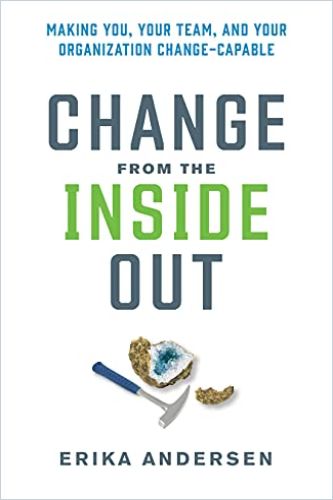
Andersen’s book offers insight into the phenomenon of change, why people resist change and how leaders can overcome that resistance to implement desirable updates. Here are your main take-aways:
- To change, know the modification you desire, why it should happen and what the status quo will be afterward.
- Prioritize innovations and implement the ones that are most feasible, significant and timely.
- Learn more…
After reading this book, it is clear that the best strategy for dealing productively with change is no longer old-fashioned Command Leadership, but rather facilitative leadership that uses various coaching approaches. As a leader, you can no longer know everything and order accordingly; you must keep a close eye on your employees’ resources, nurture and stimulate them, and assemble and combine them correctly.
Here are some hands-on guides to help you do so, but don’t forget that this is about role-modeling in terms of change-willingness in the first place:
Corporate culture plays a crucial role in all change steps. Where trust is lacking, managers won’t provide helpful information on how to improve processes. Where there is psychological insecurity, no one gets to implement innovative ideas without fearing for the status quo. Where learning new knowledge and skills seems useless because everything is done “the way we’ve always done it” anyway, a learning culture does not emerge. So invest some thought into your company culture!
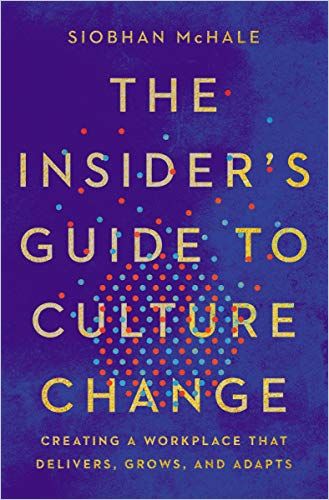
To fix your culture, you must first diagnose it correctly, writes Siobhan McHale, currently serving as the Executive General Manager of People, Culture & Change at DuluxGroup. In The Insider’s Guide to Culture Change, she offers many helpful ideas about revitalizing your corporate culture and increasing your employees’ satisfaction and engagement, such as:
- Encourage employees to reframe how they regard their jobs and their work identities.
- Free your corporate culture from embedded negative patterns.
- Consolidating cultural improvements requires everyone’s commitment.
- Learn more…
2. Pave the Way!
Amid constant change, yesterday’s linear approach to strategic planning is no longer the best strategy. Instead, writes Ed Muzio, CEO of Group Harmonics and author of the award-winning Make Work Great, leaders should use an iterative approach by adjusting plans on a step-by-step, look-listen-and-learn basis.
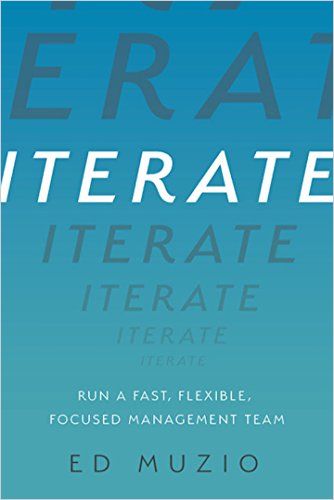
With seven decades of management research, Muzio packs this practical manual with solid information on how leaders should learn from experience, test, iterate and pave the way for change and silo-breaking. To increase team productivity and organizational effectiveness, apply these take-aways:
- Iterative management calls for positive behavior based on specific management principles.
- It uses five management practices – each with its own core competencies – to turbocharge performance:
- One: “Output and status broadcasting”
- Two: “Work PreView meetings”
- Three: “Group decision-making”
- Four: “Linked teams”
- Five: “Front-line self-sufficiency”
- Deep-dive into the details here…
3. Breed Problem-Solvers
Because the time of “Get out of my way, I’ll handle this on my own!” is over, you should make sure you have colleagues who aren’t just waiting to receive instructions. Instead, build teams where individual team members give each other a leg up and support each other in anticipating, reacting to, and initiating change themselves.
Learning how to define a problem, creatively break it into manageable parts, and systematically work toward a solution has become the core skill for the 21st-century workforce, the only way to keep up.
Charles Conn and Robert McLean
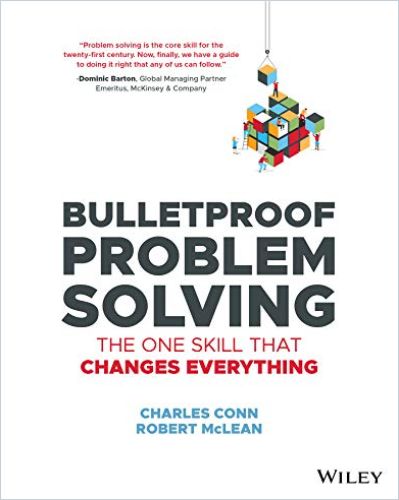
Because such people remain in short supply, state Charles Conn and Robert McLean, the inventors of the seven-step problem-solving approach, try to upskill your colleagues instead of hiring new ones. The authors developed their system at McKinsey & Company to help transform organizations of all cultures and sizes. Fueled by the belief that problem-solvers are “made, not born,” they aim to empower you and your team to tackle problems of all scales with creativity and confidence, too.
- Step 1: “Define the problem”
- Step 2: Disaggregate
- Step 3: Prioritize
- Step 4: Create a work plan
- Step 5: Analyze
- Step 6: Synthesize
- Step 7: Communicate
- Get the details…
According to Henry F. De Sio Jr., former deputy assistant to the president during the Barack Obama administration and an expert on the social impact of change, your employees can reach their full potential if they avoid getting lost in the details of daily life. This seductive trap is a certain recipe for staying small. As De Sio writes in his Changemaker Playbook, your team members won’t become influential change-makers if they constantly let minutiae swamp them. Instead, help them adopt a big-picture viewpoint about life, work and activities.
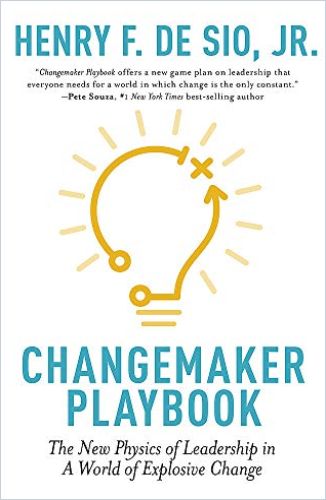
Find out more about identifying problem-solvers and how to break down complex problems (as well as organizational silos) in the following interviews and articles in our Journal:
4. Motivate and Inspire
A recent study revealed that you, as a leader, are part of a lucky group that is nearly eight times more likely than other employees to find their day-to-day work rewarding – and nearly three times more likely to rely on work as a source of purpose. Naina Dhingra, Andrew Sama, Bill Schaninger and Matt Schrimper, who did the study, call it the “purpose hierarchy gap:” Leaders who want valued employees to solve problems proactively must address it because
- empowering employees strengthens their sense of personal responsibility and courage,
- this individual accountability leads to more fulfilled employees,
- and this fulfillment also makes colleagues more productive in all other areas,
- respectively the fulfilled serve as beacons to other employees.

According to the study above, among 1,000+ employees surveyed, 63% expect their employers to provide opportunities to feel purposeful at work. To do so,
- you need to find out what matters to your employees,
- let them know that their work counts at every level, and
- remember to treat your staff members as individuals,
- because each person’s purpose is different.
To learn more about purpose at work, inspirational leadership and compassionate communication, take a look at the following reading lists:
5. Become the Panorama Player
As we learned, your new role as a leader is no longer decision-making and assertion but rather facilitation, nudging, group sourcing, and taking coordinated action. To do this with the necessary gravitas and backing, you should be the “panorama guy” who doesn’t follow through with logical quick fixes, affectations, or other ill-conceived actions.
Instead, you should always distinguish yourself by wanting to gain an overview, to know the contexts of your actions (in business, but also in politics, science, history and culture) better and more precisely than the rest. Those who have the panorama in view can react better and act faster – and of course, they also identify opportunities more accurately than those who have no idea where to direct their efforts.
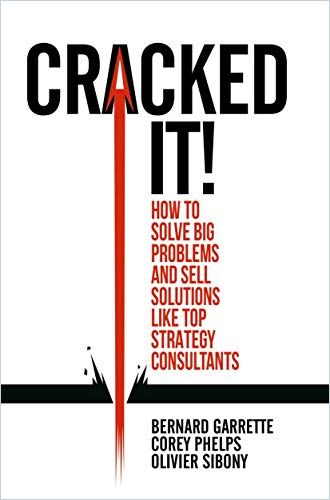
With Cracked It!, authors Bernard Garrette, Corey C. Phelps and Olivier Sibony present an excellent manual for questioning oneself, doing the necessary clarification and research to make good decisions, and finding the right problem-solving strategies for various problem constellations. Some take-aways:
- Making spontaneous decisions while failing to question assumptions will lead to faulty results.
- State the problem after performing an analysis to identify the nub of the issue.
- Choose among the issue-driven, hypothesis-driven and design-thinking approaches to structuring the problem-solving process.
- Learn more…
6. Keep Calm
Finally, here’s a classic recommendation on how the panorama powerplay can look quite practical (and does not have to overwhelm anyone). In: Relax, It’s Only Uncertainty, Philip Hodgson and Randall P. White provide practical instructions for dealing with change, as all leaders must.
The real mark of a leader is confidence with uncertainty – the ability to admit to it and deal with it.
Philip Hodgson & Randall P. White
Rather than assuming that only certain personality types and traits are suitable for leadership in changing times, they address the behavior patterns that mark a successful leader.
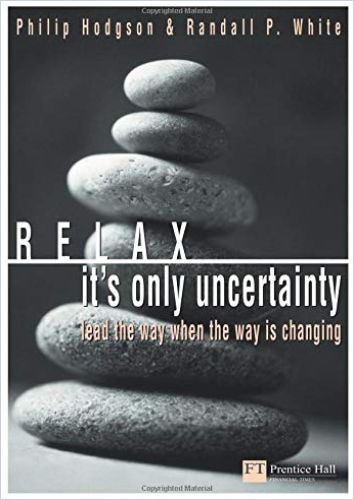
The authors place their behavioral concepts in a familiar context with case histories, but the true value of their classic lies in specific exercises that will enhance your skills in coping with ambiguity. Some level-headed readers may be slightly put off by the seeming wackiness of some of these notions (they range from “spend some time around children” to “analyze how you spend your time”) and the light-hearted tone (they do refer to Star Trek). Lighthearted or not, the advice in this book may save your job – or your company’s future.







